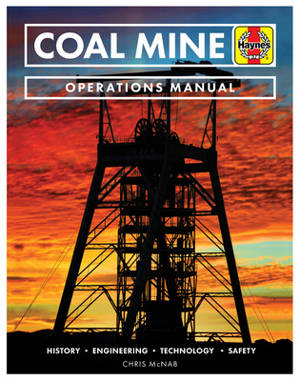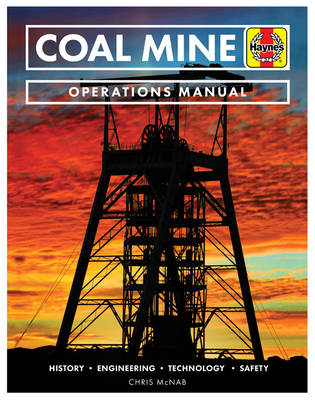
En raison d'une grêve chez bpost, votre commande pourrait être retardée. Vous avez besoin d’un livre rapidement ? Nos magasins vous accueillent à bras ouverts !
- Retrait gratuit dans votre magasin Club
- 7.000.000 titres dans notre catalogue
- Payer en toute sécurité
- Toujours un magasin près de chez vous
En raison de la grêve chez bpost, votre commande pourrait être retardée. Vous avez besoin d’un livre rapidement ? Nos magasins vous accueillent à bras ouverts !
- Retrait gratuit dans votre magasin Club
- 7.000.0000 titres dans notre catalogue
- Payer en toute sécurité
- Toujours un magasin près de chez vous
34,95 €
+ 69 points
Description
At its peak in 1920, 1.1 million people were employed in the UK coal-mining industry, with more than 1,300 mines across Britain producing nearly 300 million tonnes of coal for domestic and industrial use. Mining was, and remains, a dirty, dangerous and complex engineering task, extracting a raw material at depths of up to 1,400m below the surface, the shafts spreading out for miles beneath town and country. This Haynes Manual explains the evolution of British coal mining from a technical and engineering standpoint from the 18th to the 20th century, the heyday of British mining. From simple bell-pit mining, the book goes on to explain in detail the fundamental methods of surface and underground mining, including 'pillar-and-stall' workings, long-wall mining and deep mining, and the technologies from made these possible, from simply hand picks and shovels through steam-powered underground haulage systems and modern computerised shearer-loader machines. The book explains the history and technology both above and below ground, exploring the pit head surface machinery and the transportation networks that fed into it, and the personal kit and equipment of individual miners. It also looks at how successive generations of mining engineers have met the perennial challenges and dangers of mining: pressure from millions of tons of rock and earth above; water drainage; fire and gas explosions; roof and seam collapse; underground illumination; ventilation; disease and accidents. Alongside the technical story, this Haynes manual will be rich in human history, with many first-hand accounts of how miners worked and lived during these industrious centuries.
Spécifications
Parties prenantes
- Auteur(s) :
- Editeur:
Contenu
- Nombre de pages :
- 156
- Langue:
- Anglais
- Collection :
Caractéristiques
- EAN:
- 9781785217142
- Date de parution :
- 08-12-20
- Format:
- Livre relié
- Format numérique:
- Genaaid
- Dimensions :
- 218 mm x 304 mm
- Poids :
- 725 g

Les avis
Nous publions uniquement les avis qui respectent les conditions requises. Consultez nos conditions pour les avis.






